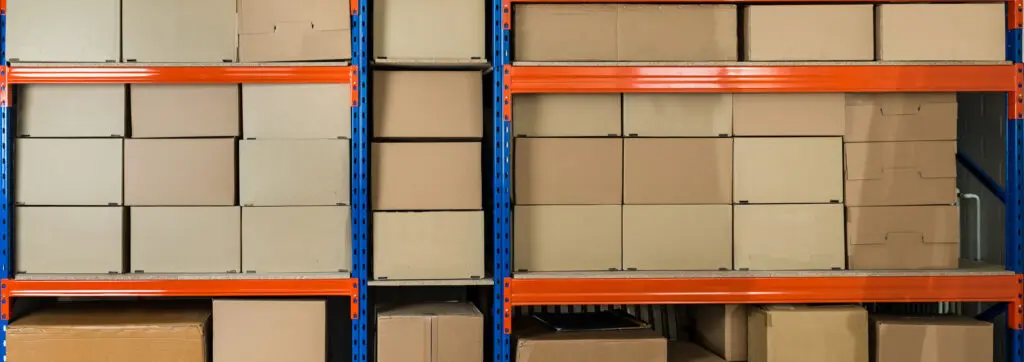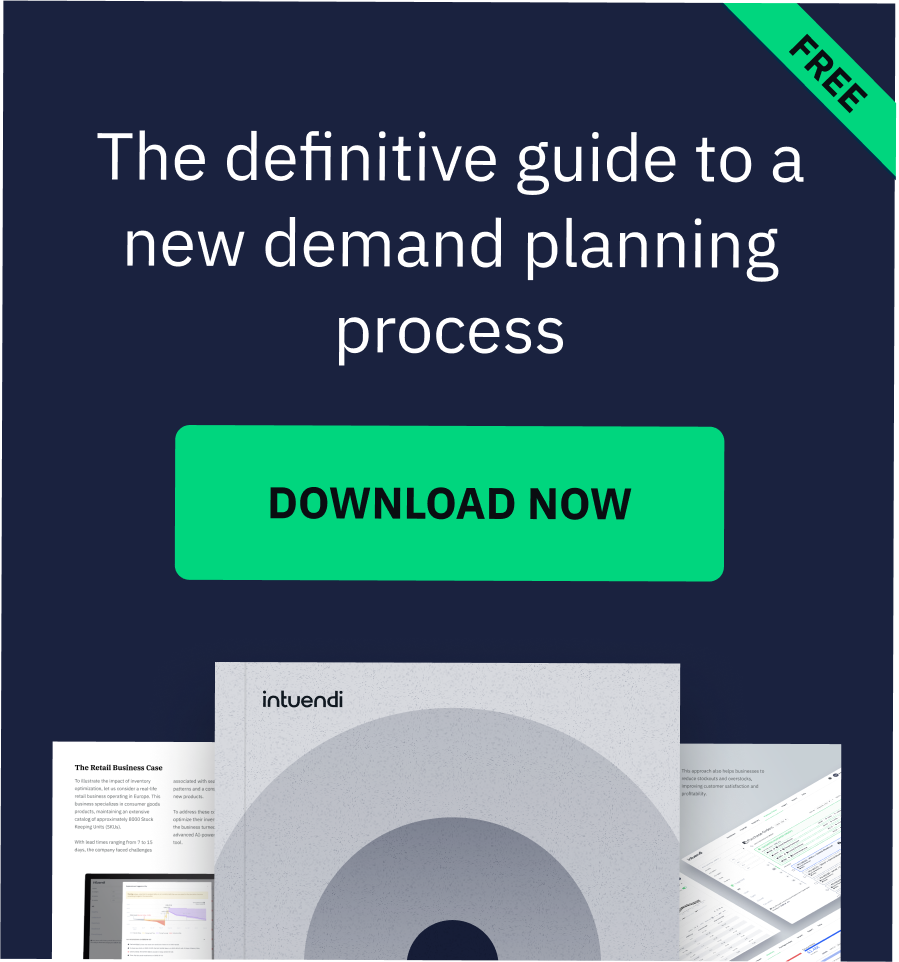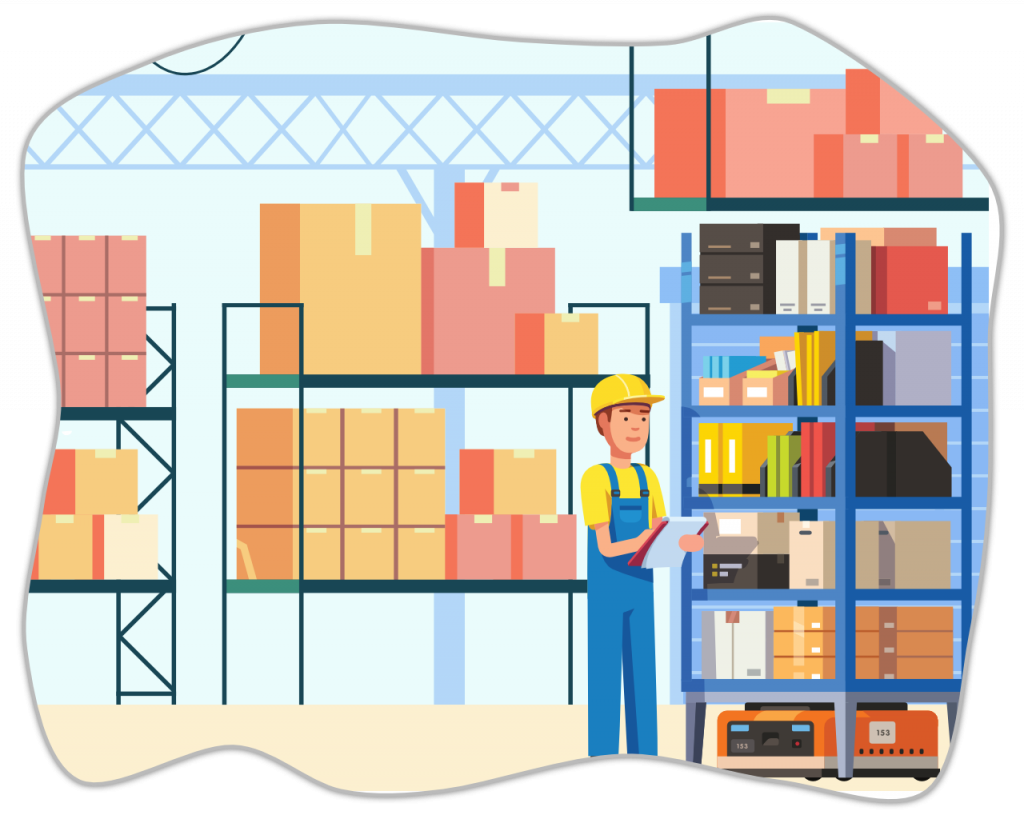Amazon FBA, Fulfillment By Amazon, is a great opportunity for many businesses that look for an entry point to the e-commerce ecosystem with low barriers and a great audience since day one.
It is also an interesting option for existing stores since it makes them save time and money by outsourcing storage, packaging, and shipping to Amazon.
Amazon FBA: costs and margins
But everything comes with a price: sellers have to consider how much the cost of storage, order handling, pick & pack, weight handling, and commissions will impact the true profit that they make on products.
Some of these fees, for instance orders handling and packaging, are one-off costs related to the service that Amazon provides for each single product.
So, when using FBA for selling a specific product, you need a high enough margin that justifies FBA costs: if your profit margin is low, you need another way to sell, for example packaging and shipping your own orders.
There’s another important thing to consider when dealing with FBA: Amazon doesn’t want to store your unsold products and strongly disincentivizes sellers from keeping items that are not selling.
Indeed, standard storage fees are charged monthly and vary by product-size tier and by month of the year. These costs pay the shelving, drawers, and bins required for storing our products.
What really has a negative impact on sellers profit are the long-term inventory fees that occur for products stored in an Amazon center for 6 months or longer: they are up to 20 times higher than the monthly inventory storage fees and are charged in addition to the monthly costs.
Ineffective and costly ways to manage unsold inventory 🙁
What if your products remain unsold for 6 months?
Amazon allows you to remove unsold products, but you have to pay a fee. Sellers often go with last minute sales, struggling with complex price calculation with the purpose of minimizing the profit loss.
But consider that when a product is highly requested by consumers, Amazon has good reasons to source it and undercut any other seller policy, so big discounts are not a good strategy for dealing with an excess inventory since Amazon will always do better than you for achieving the Buy Box.
Some sellers study arguable charts in order to discover when Amazon will run out of stock for certain products and place attracting offers on their products, but this is clearly an unreliable strategy since it strongly depends on someone else’s unknown inventory levels.
Better plans, more sales, bigger profit
The only strategy that really works is an effective demand planning: sending to Amazon an amount of products that we’ll likely sell is the only way to maintain our estimated profit without incurring in undesired fees or profit loss. Sellers compete with other businesses (included Amazon itself) when they sell the same products, but the competition decreases in case of niche products. In the first case lowering your prices (and margins of course) for selling all the stored inventory will give you a temporary advantage in the buy box, but it will damage your business. The most common cause of that is an overrated amount of products that you expect to sell on Amazon, so estimating your demand forecasts with professional and advanced tools and avoiding the do-it-yourself planning is the first solution.
Typically, businesses with high stock levels leverage multiple sales channels: they sell only a small part of their products to Amazon FBA and use alternative channels (website, eBay, etc.) for selling the rest of the stock.
Decisions are made by taking into account the demand forecasting per channel and region and the profitability for each product across all channels. A data-driven multichannel strategy is the most effective approach for improving your sales and cutting costs: when predictive analytics is applied to the inventory forecasting, it’s quite common to achieve up to 15% savings on the inventory costs. If you sum savings in inventory management, reduced FBA costs, increased margins coming from a powerful multichannel strategy, it’s easy to understand that an advanced demand demand planning is the point to start from.
Contact us if you want to learn more about about demand planning and forecasting techniques.






